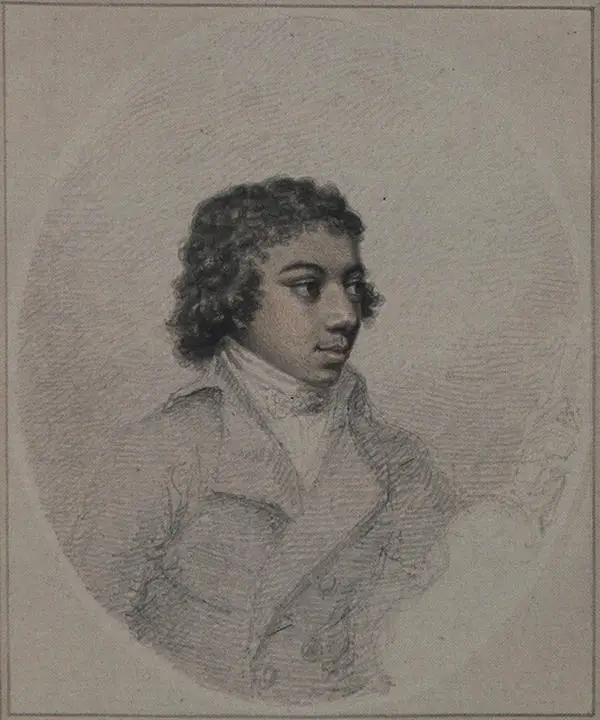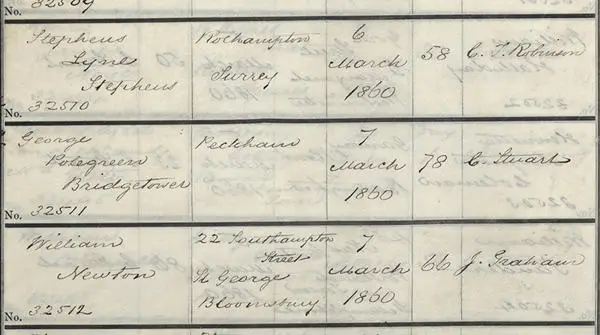Unforgotten Lives - George Bridgetower
George Augustus Polgreen Bridgetower came to the attention of the British public in the late 1780s, when at the age of 10 he impressed audiences with his virtuoso violin performances. Newspaper advertisements routinely highlighted his heritage, such as the following from the Chester Chronicle 14 August 1789:
“The musical world is likely to be enriched by the greatest phaenomenon ever heard--- a youth of ten years old, pupil of the immortal Haydn :---he performs the most difficult pieces on the violin, and goes thro’ all the mazes of sound with wonderful spirit, execution, and delicacy.---His name is Bridgetower, a sable plant of an African growth:---Thus do we find that genius does not solely belong to the tincture of a skin !---He is now at Brighthelmstone, under the patronage of the Prince of Wales”.

Bridgetower was born in Poland. His father John Frederick, described in sources as an “African Prince”, was a servant to Hungarian Prince Esterházy, and his mother was a Polish woman called Maria Anna Ursula Schmidt. As an adult, Bridgetower worked as a professional musician, receiving the patronage of the Prince of Wales and touring Europe’s prestigious concert halls. Famously, he performed with Beethoven and was the original dedicatee of his Violin Sonata No. 9 in A minor. However, the pair had a falling out and the piece was eventually dedicated to Rudolphe Kreutzer.

Alongside teaching and performing, occasionally with his brother Frederick, Bridgetower became a member of the Royal College of Musicians and took a degree in music at Trinity Hall Cambridge. He married Mary Leach Leake in 1816 at St George Hanover Square and the couple went on to live in Marylebone. They had two children, Julia and Felicia.
Less is known of Bridgetower’s later life. He is believed to have spent several years in Italy, where his wife and children settled but at the time of his death he was living in a small cottage in Peckham. The circumstances in which he came to live in such modest circumstances are not known. He died in 1860, aged 78, leaving £1000 and a Stradivarius violin, and he was buried by fellow musicians at Kensal Green Cemetery.